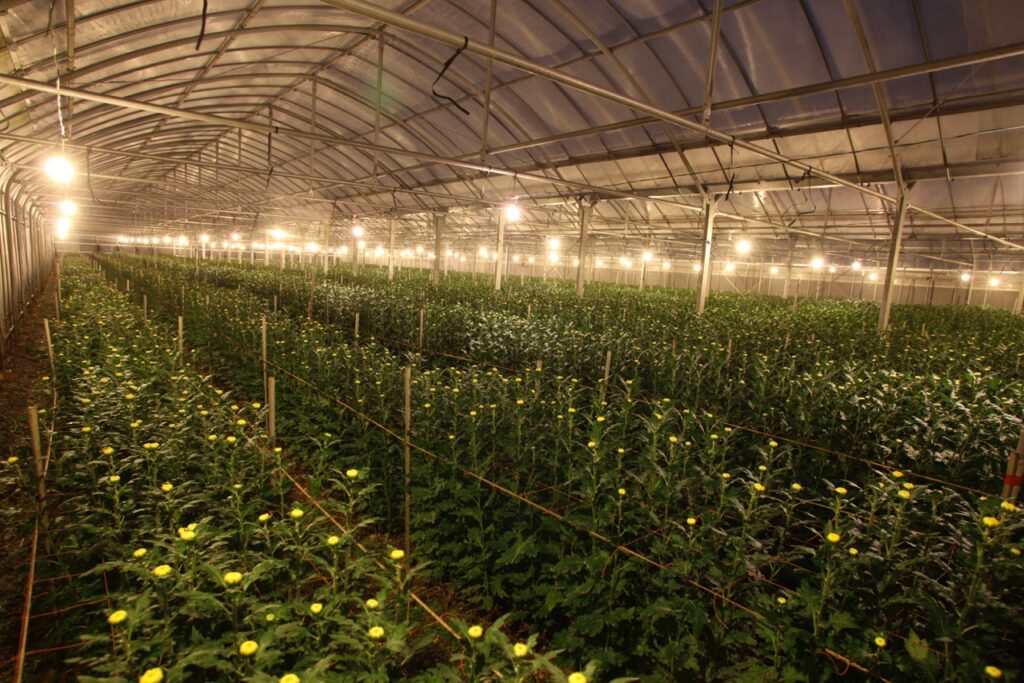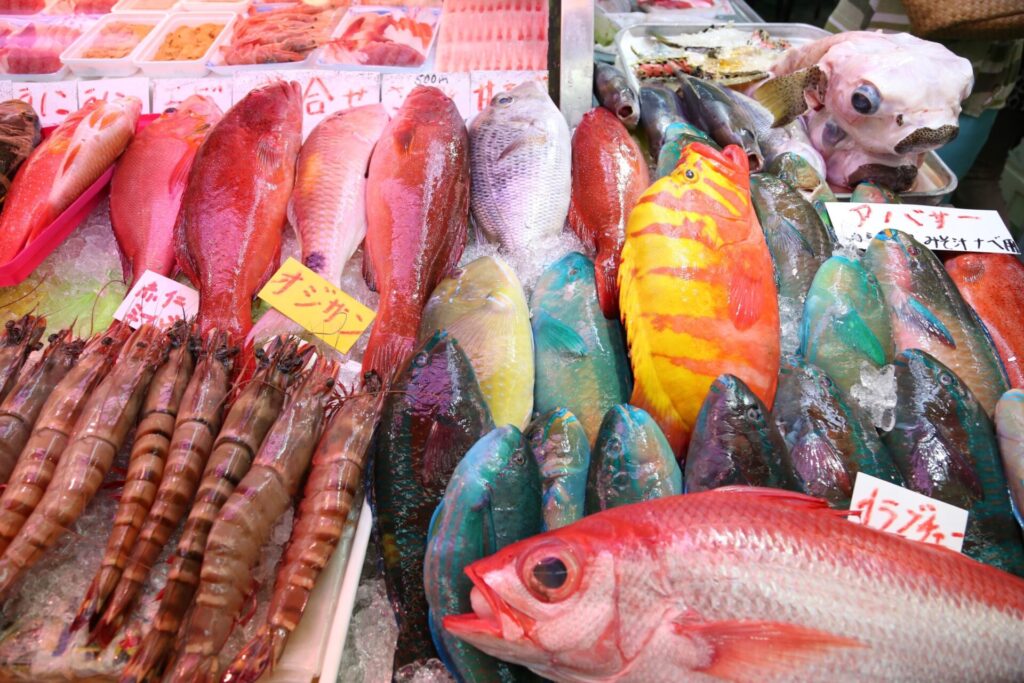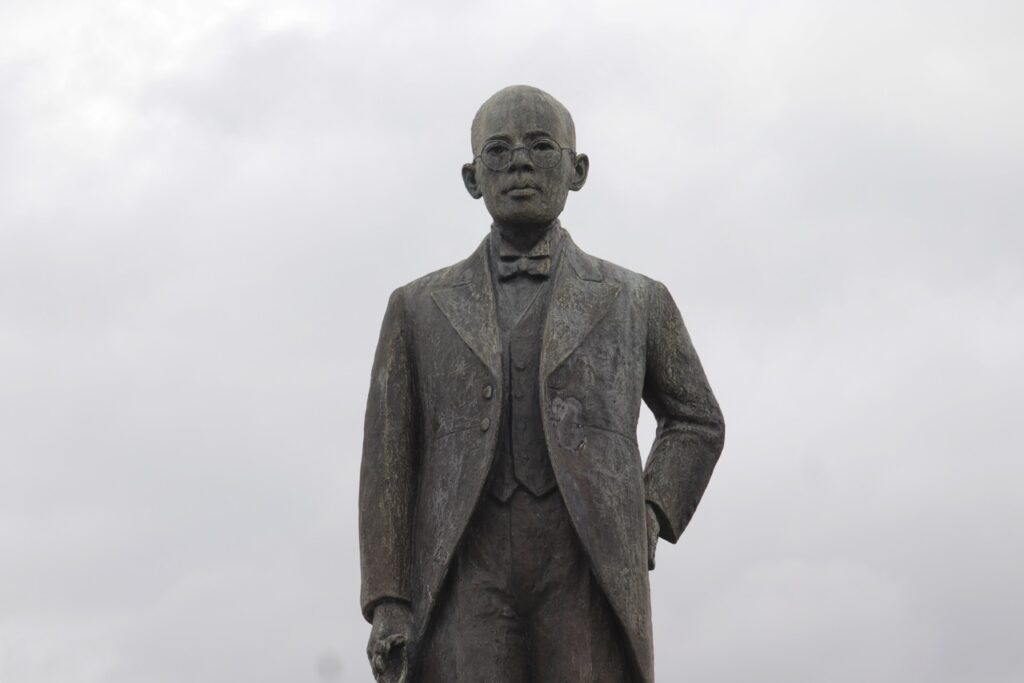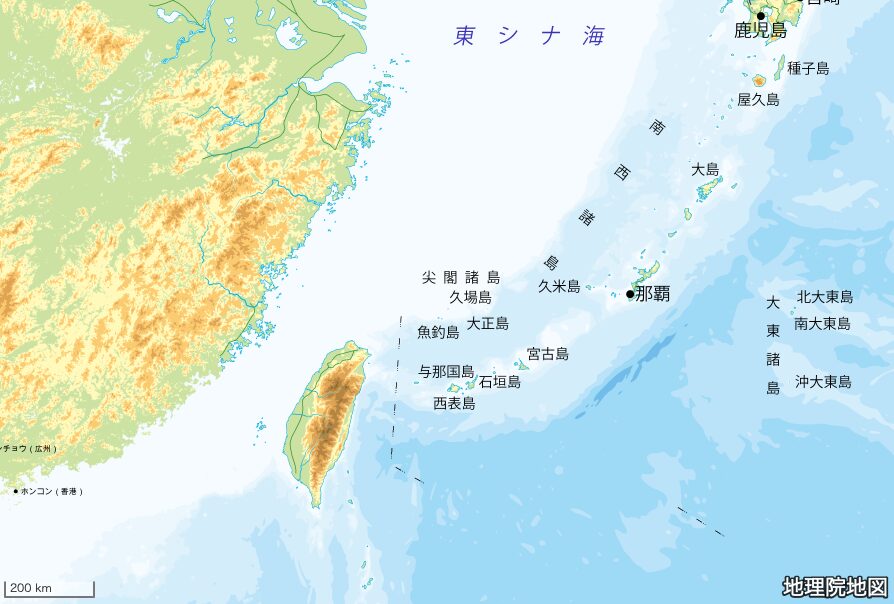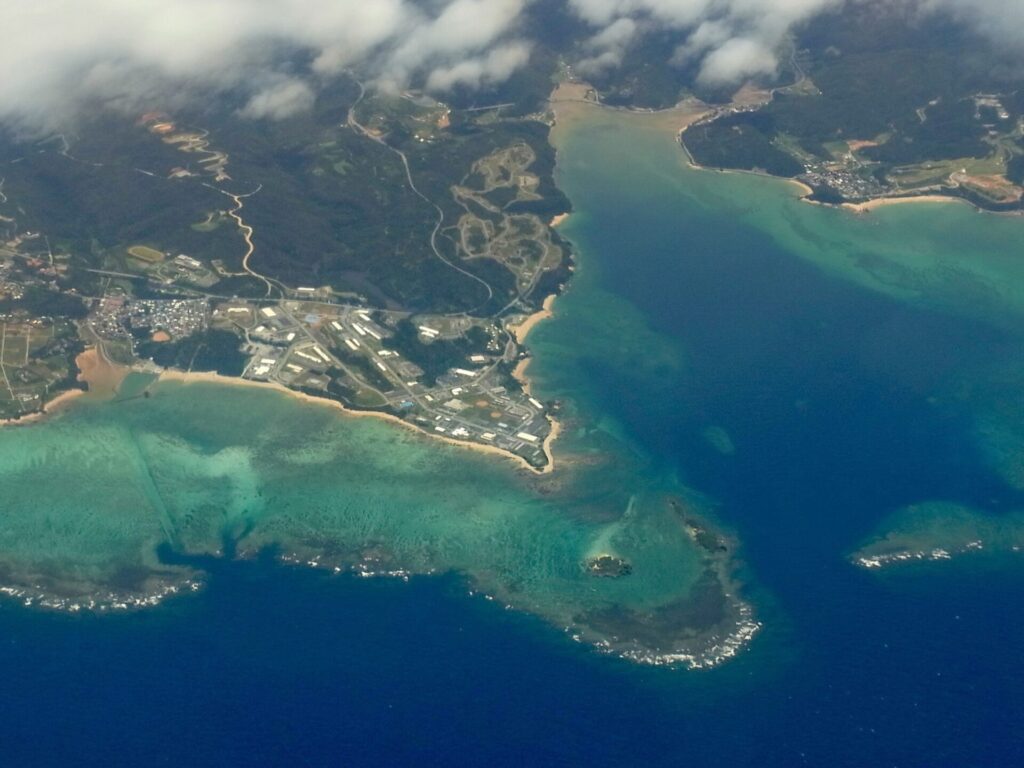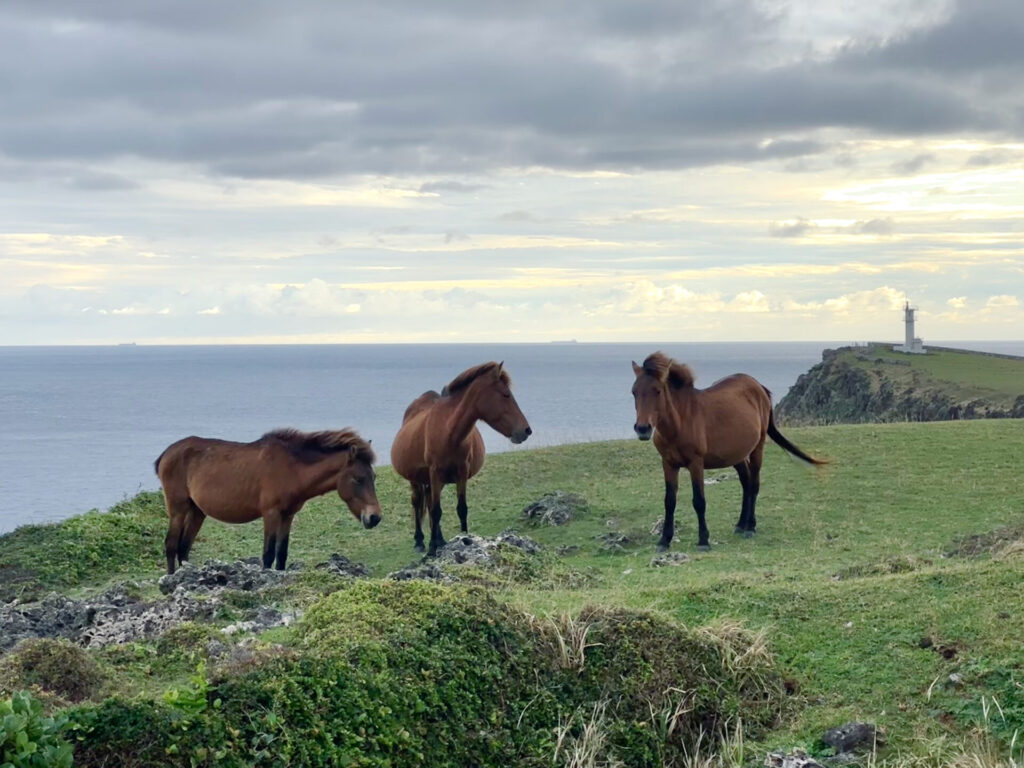Pineapples

Every year when the old date for the Bon Festival arrives in mid-August, freshly-picked pineapples line the stall fronts of the city markets. In the regions where pineapples are grown, like Higashimura on the northern part of the main island, you’ll see beach umbrellas along highways and prefectural roads, women standing in their shade, selling pineapples. This sweet summer fruit is often considered an ideal feast offering for the spirits of the dead. Around this time of year, work places also begin handing out pineapples instead of other sweet treats so that recipients can share the fruit with their ancestors. As people transfer pieces from toothpick to mouth, you’ll often hear lively conversations: “Perfect!” “This one might still be a little sour.” “Where’s this one from?” You might say pineapple is the taste of the season in late summer in Okinawa.
Because they look like pinecones (known as pineapples in Middle English), these tropical fruits were also named “pineapples.” They originate from Brazil. They were introduced to Okinawa in 1888 when Asabushi Kanjō, an official in Kunigami District, brought them back from Ogasawara. In truth, however, there is actually a record of pineapples dating from twenty-three years earlier in 1865, when a Dutch ship was stranded on Umanufapī coral in the bay off Ishigaki Island.
The Dutch had the leafy crowns of pineapples on board, and some of those starter plants drifted inland to cape and mountain, where they took root and were eventually discovered by Aragusuku Chikutun, who transplanted some to his garden and raised those marvelous fruits. When he tried them, he discovered they were unbelievably delicious. He called his neighbors and had them try the fruit too. He offered them cuttings from the plants, and pineapples spread throughout the Yaeyama region. The locals called it uranda azanī, meaning “foreign fragrant screw-pine.” No apples to be found in this region.
In 1927, Okinawa Prefecture imported 300 Smooth Cayenne pineapple trees from Taiwan and entrusted their care and cultivation to the Izumi District in the town of Motobu. Only 72 of the trees took root. In 1930, the Yaeyama government branch office tried to import pineapple trees from Ishigaki, but these didn’t grow well, and the project was terminated. From 1933 to 1935, a great many pineapple farmers from Taiwan immigrated to Ishigaki, and at last the pineapple crop was on its way. I would be remiss to speak of pineapple history in Yaeyama without mention the blood and tears of these Taiwanese immigrants.
They came in search of a new land, but what awaited them was a vehement expulsion movement from the locals. The newspapers inflamed their readers with headlines like, “400 Taiwanese arrive with water buffalo to annex Ishigaki” and locals subsequently took up the panic.
The Taiwanese arrived, each driving a water buffalo, and in the twinkling of an eye, they’d prepared a few hectares of virgin soil for planting. The inhabitants of the region could usually only manage to cultivate an area of less than a hectare because they cleared by hoe, and farmers in particular feared for their livelihoods. Eventually, officials made the excuse, “Because water buffalo are in the buffalo family, we fear they’ll introduce H. pylori bacteria into our island system,” and stopped all unloading of water buffalo at the docks, even forcing immigrants to return sixty head of water buffalo to Taiwan.
After the war, the Okinawan pineapple industry rapidly increased production beginning in the middle of the 1950s, and pineapples became Okinawa’s second largest export crop, preceded only by muscovado sugar, but as a wave of deregulation swept the islands, production rapidly fell off. Most pineapple canning plants closed in the 1980s, and currently only one plant remains doing their diligent work.1
Editor’s Note:
- In 2006, a new varietal of pineapple high in sugar and intended for raw consumption emerged—the Gold Barrel Pineapple. This varietal development initiative began in Okinawa in 1989, and the finished product is currently cultivated in the northern districts on the main island as well as in Yaeyama. In 2021, Okinawa produced 6,990 tons of pineapple, and cultivators expect this renewed pineapple boom to continue.







